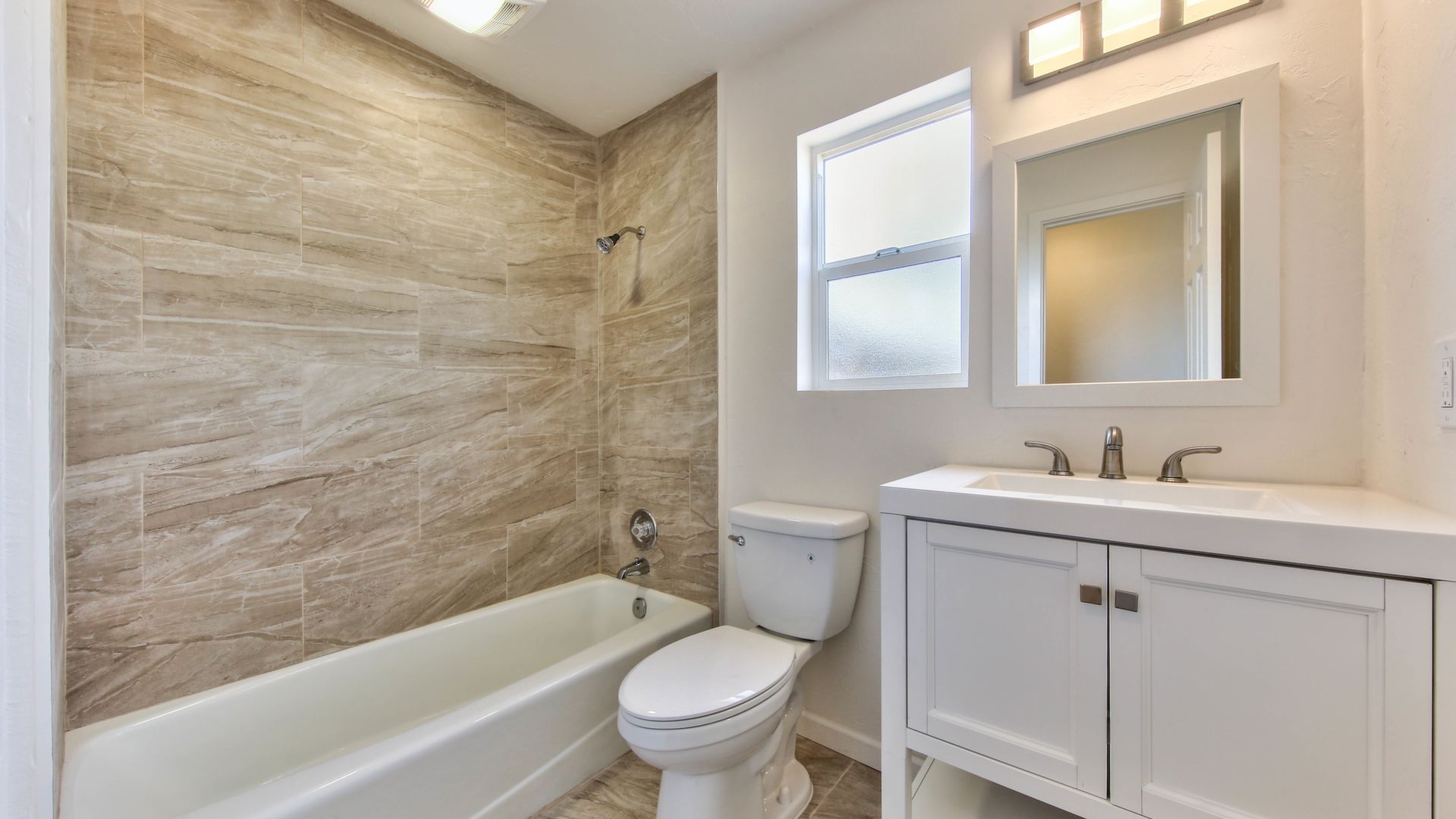ADU financing in California
Financing an ADU in California
ADU financing is getting easier with state options to provide forgivable loans for design and some cities providing grants for construction. Homeowners now have more options than the traditional home equity loans or lines of credit with their higher interest rates and shorter life spans. The state is providing up to $25,000 to low income homeowners to build an ADU, which can be used for pre-development costs. Cities are also following suit with some either exploring or offering similar programs. While there is variation in how municipal programs are administered, the biggest variation in state and local ADU grant programs is that the state is only working through three lenders while municipalities are often working directly with homeowners.
Not all municipalities chose this option to increase ADU ownership. San Jose considered a grant program to provide up to $20,000 for homeowners to build ADUs but went instead in the direction of streamlining the permitting process and leaving financing up to the private sector. Their partner in that proposal, the Housing Trust of Silicon Valley, instead offers affordable financing for first time homebuyers and homeowners looking to build an ADU.
Here’s a breakdown of some ADU financing options
All ADU financing options look at the current value of the home as compared to what the home is projected to be worth with the additional ADU. Typically a homeowner can borrow a set percentage of the home’s estimated worth but there are also ADU specific lending programs that will look at the potential income from renting the completed ADU. Some institutions provide ADU specific loans for a period of 18-24 months with higher interest rates for the construction of an ADU. The home or savings is used as collateral and once the ADU is built the loan either must be paid off entirely or bundled into the primary home mortgage through refinancing.
Home Equity Loans and Lines of Credit
Home equity loans are one of the most common ways for homeowners to finance an ADU project. A home equity loan is often a fixed loan amount and with a finite repayment schedule backed by the equity in the primary home. Home Equity Loans are fixed-rate second mortgages. You will pay interest on the entire balance from the beginning. These loans are structured over a shorter period than a typical mortgage and have a higher interest rate as well. Home equity lines of credit (HELOC) are similar in that they are also backed by home equity but they are structured as revolving lines of credit with shorter repayment terms and only charge interest on the balance you have drawn on the line. Many HELOCs can convert to Home Equity Loans over time.
Home Refinancing
Refinancing allows you to change your mortgage provider entirely on your existing home loan, secure a lower interest rate, or consolidate the cost of building the ADU into your existing home loan. In cash-out refinancing, the lender compares the appraised value to the principal available. If your home has increased in value substantially since you purchased it, then you may be eligible to refinance it for the current appraisal value and get cash out based on your new equity balance. Two disadvantages of refinancing are the closing cost and the possibility of giving up a low rate on your first mortgage. Closing costs for refinancing are as high as $5000, whereas many HELOCs don't even have closing costs. If you refinance at a higher rate you will make a higher monthly interest payment.
Construction and Renovation Loans
Construction loans provide capital based on the projected value of your project after completion. These loans are often structured so that you pay interest during construction and repay the balance upon project completion. To receive a construction loan you will likely need design concepts, permit sets, and contractor estimates as well as an appraisal projecting the market value for the completed project. Closing costs on construction loans are very high, but the advantage is that these loans are reviewed and structured by experts who may be more likely to issue you credit based on their knowledge of the field.
Renovation loans are similar to Construction loans but differ in that you are provided with additional capital to manage the potential variable costs of the project (between 10-20% of total construction costs). Borrowers are often required to pay off the monthly balance from the initiation of the loan as opposed to the more flexible repayment periods offered by construction loans. Renovation loans can close before an ADU permit has been issued in as little as thirty days after you order your appraisal. You will need design concepts, a bid from a contractor, and an appraisal of the projected increase in real market value to secure the loan.
Alternative Financing
Alternative financing opportunities include cashing out stocks or bonds, taking a loan from a peer-to-peer lending network, using personal savings, or taking a shorter term loan from an ADU lender with the expectation that once construction is complete the home will be refinanced or the loan will be paid off.
Community Development Financial Institutions (CDFI)
CDFIs are private institutions that provide affordable rates to communities specifically to help people get on the property ladder. CDFIs are either for-profit or nonprofit and lend to their community residents for diverse projects including businesses and ADUs. They notably provide bridge loans making more traditional lending resources available.


